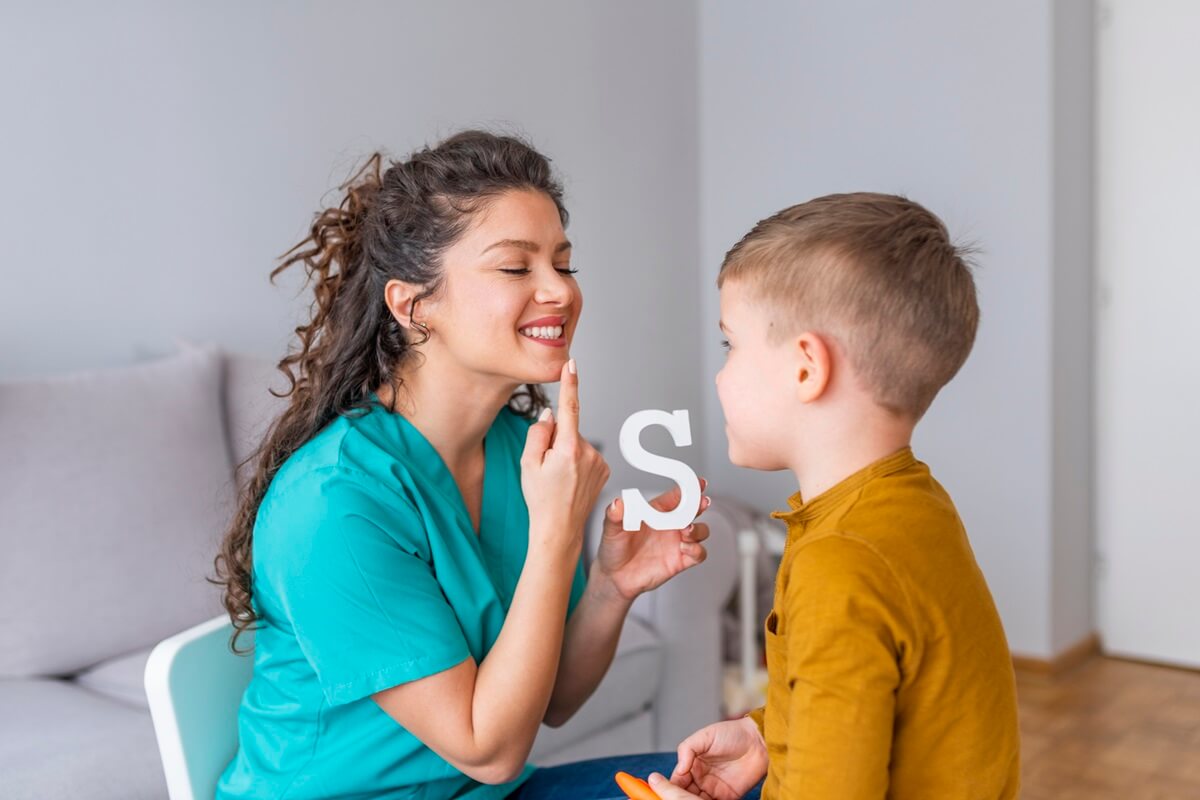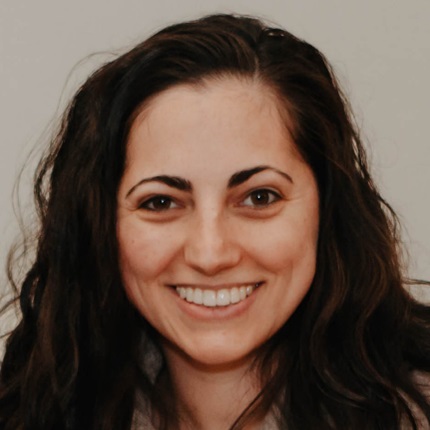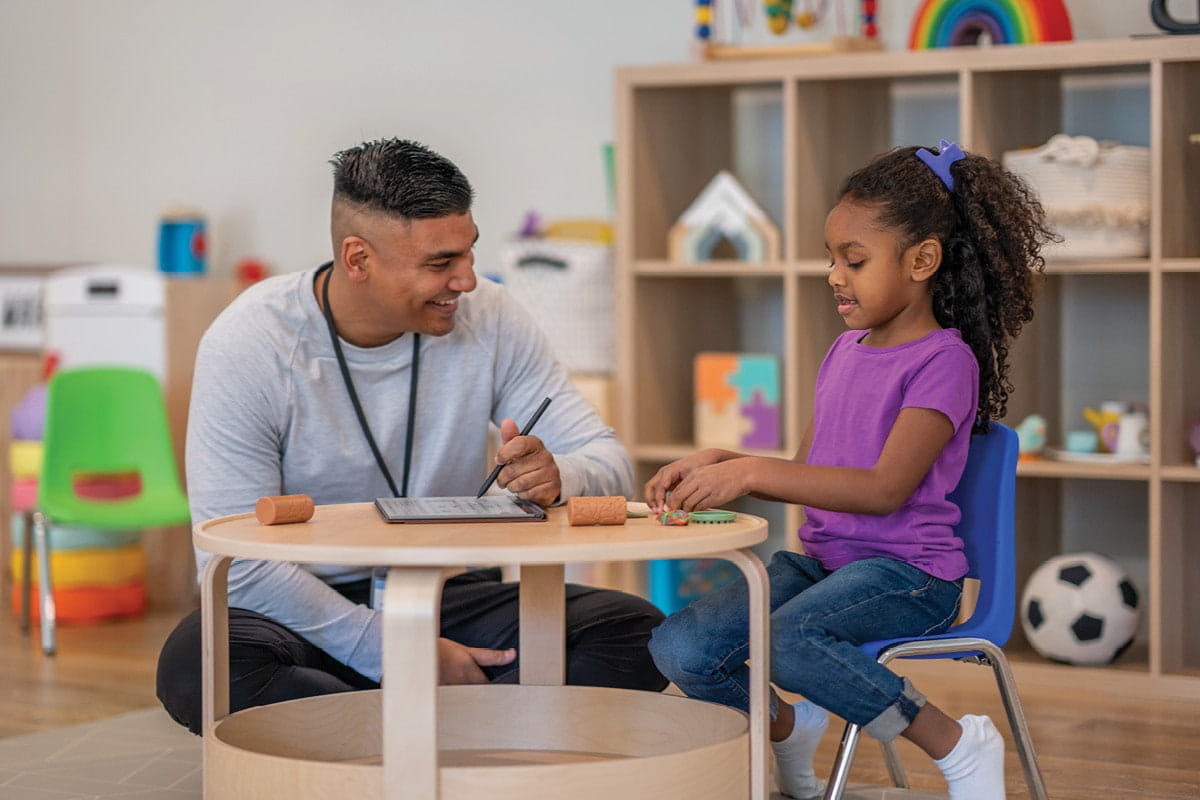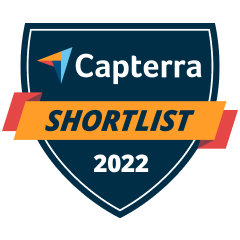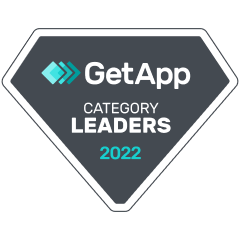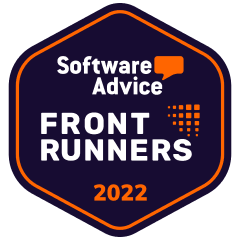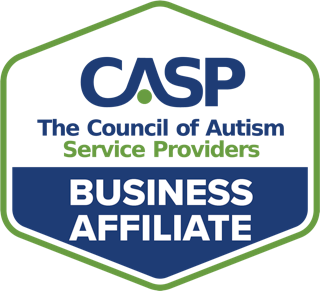What is a SOAP Note?
The Subjective, Objective, Assessment, and Plan (SOAP) Note is an acronym representing a well-known framework for multidisciplinary therapy progress notes. A progress note reflects what was done in a specific session and the uniformity of the SOAP template makes it easier for colleagues and other clinicians to understand your sessions. SOAP notes are also the easiest way to make sure you are including each of your patient’s insurance company’s requirements, as well as advocating for your patient’s medical necessity.
Using the acronym SOAP, the progress note should include subjective, objective, assessment, and plan data. The SOAP note is an efficient way to document in an organized and structured way for:
- SLPs
- OTs
- PTs
- BCBAs
- clinicians
If your practice offers services such as Occupational Therapy (OT), Physical Therapy (PT), Speech-Language Pathology (SLP), or any additional therapy and wants to increase efficiency and streamline documentation, our SOAP notes tips are a great place to start.
Therapy SOAP Note Definitions
Let’s start with a definition for each section of the therapy SOAP note:
Subjective
The subjective section of your SOAP notes is dedicated to how the patient describes their symptoms from their point of view. You can get a better description of patient symptoms and experiences by asking open-ended questions like “what do you think is wrong?” or “what’s been going on?”.
Objective
The objective section is factual and based on your observations as a therapist or healthcare clinician. This may include results of:
- evidence-based tools
- vital signs
- physical manifestations of symptoms
- any other data relevant to your patient’s case
Assessment
The assessment section contains all your observations, conclusions, and any diagnosis you have. Make sure to include your reasons with the relevant evidence for these conclusions. In the case of multiple sessions, this section is a place to track the patient’s progress.
Plan
The plan refers to your treatment program and your plan for the patient’s next appointment. Include your patient’s feedback and response to your treatment plan, as well as any homework or exercises you have given them to complete before the next session. Be as specific as possible.
Now we’ve defined a SOAP note, let’s go over some best practices that your OT, PT, SLP or ABA therapy practice can implement right now for more efficient SOAP notes.
SOAP notes are also the easiest way to make sure you are including each of your patient’s insurance company’s requirements, as well as advocating for your patient’s medical necessity.
Olga Goncharov, M.A, CCC-SLP Share this
3 Tips for More Efficient SOAP Notes
Here are 3 tips for SLPs, PTs, OTs & ABA Therapy SOAP Notes:
1. Stick to the Facts
It is important to stick to the facts and provide relevant evidence. Be sure to give a clear picture of what happened during the session and be specific as possible.
Let’s take a look at this Speech Therapy note for example:
Client read “Good Night Gorilla” and completed labeling, sequencing, and retelling tasks with 90% accuracy. But he was so tired today. He also produced word-final /k/ on 5/7 trials with visual prompts in single words, and minimal cues. Need to continue using strategies at home and target /k/ and /g/ phonemes.
This is improved from previous sessions, though mild articulation deficits remain and some phonological processes such as final consonant omission and fronting are ongoing. Client benefits from visual cues and is making good progress. Overall expressive language skills improved too.
Implementing the SOAP note framework will help clarify and streamline the data, here is the updated note:
S – Client appeared tired today, reporting waking up several times at night due to night terrors, but was cooperative throughout session.
O – Clinician read “Good Night Gorilla” and client labeled 6/7 animals independently; “armadillo” was challenging. He then organized the animals in the correct order of appearance 7/7 independently and re-told the story correctly. Client pinned the tail on each animal producing the final /k/ sound on 5/7 target words with minimal visual prompts.
A – Client demonstrates improved expressive language, sequencing skills, and articulation overall, though some fronting and final-consonant omissions are ongoing. He benefits from visual cues. Speech intelligibility has improved from prior sessions and client is making good progress toward goals.
P – Continue ST as per plan of care. Target word-final /g/ phoneme and read “Good Night Moon” next session.
2. Be Mindful of Colleagues
To help your therapy patients more effectively, it is important to be conscientious about the fact that other clinicians will be reading and reviewing your notes. This includes collaborating with an in-house treatment team and outside sources such as a representative from the patient’s commercial insurance plan.
Be sure not to use shorthand, jargon, or made-up acronyms – instead, utilize common industry terminology and language. This ensures all readers will understand the note and leads to more effective patient care with multidisciplinary collaboration.
3. Implement an EMR (Electronic Medical Records) System
When everyone in your therapy practice uses the same system to access patient data, they have easy access to everything they need without having to dig through paper files or email attachments. This means no more opening multiple tabs on the computer just to find out what services the patient received last week.
With an electronic EMR, EHR, or practice management software, you will have fewer errors on documents like treatment plans, session notes, and insurance claims because the system automatically checks data entry for accuracy before it reaches your patients or payors. This saves time and prevents costly mistakes that can damage your reputation with patients and insurers alike.
Learn more about practice management software for your multidisciplinary therapy practice.
